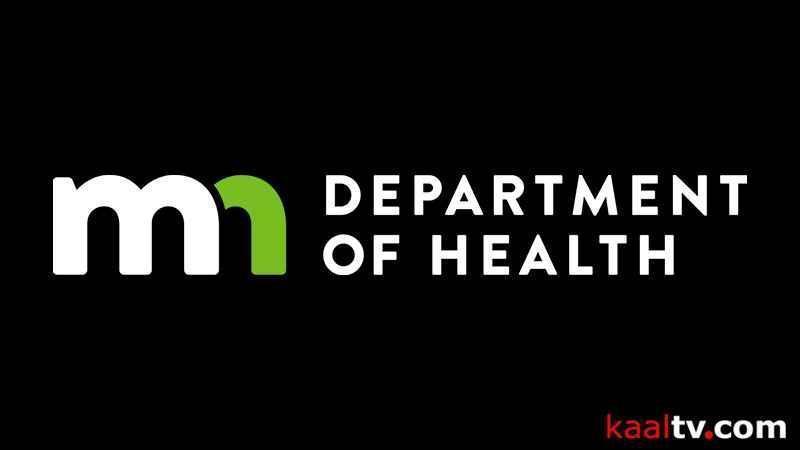Minnesota’s obesity rate rose slightly in 2020

(ABC 6 News) – Minnesota’s adult obesity rate rose from 30.1% in 2019 to 30.7% in 2020, according to data released by the U.S. Centers for Disease Control and Prevention Wednesday.
While the increase of 0.6% is not considered significant, it highlights ongoing public health concerns about obesity rates on a state and national level.
Minnesotans who are obese are at increased risk for severe illness from COVID-19 and other serious health conditions including heart disease, stroke, Type 2 diabetes and some cancers. Obesity is also associated with poor physical and mental well-being, making now an important time for Minnesotans to focus on their well-being, being active and eating healthy.
Minnesota Commissioner of Health Jan Malcolm noted that the COVID-19 pandemic has made it more challenging than ever for Minnesotans and for health professionals to address chronic health concerns such as obesity.
For many people, the COVID-19 pandemic has created high levels of anxiety, stress and feelings of social isolation, which impacts a person’s weight, mental well-being and physical health. The pandemic has also interfered with the ability of Minnesotans to connect with their health care providers to address other health issues.
Poor physical or mental health prevented 41.8% of Minnesotans who are obese from engaging in their usual activities, according to self-reports and analysis of Minnesota’s 2020 data from the Behavioral Risk Factor Surveillance System (BRFSS). This means Minnesotans who say they are obese were 1.4 times as likely as other Minnesotans to report that poor physical or mental health prevented usual activities for 14 or more days in the past month, according to analysis and the BRFSS survey.
Minnesota’s efforts like the Statewide Health Improvement Initiative (SHIP), #StayConnectedMN, as well as MDH programs focused on mental well-being, resilience learning and suicide prevention are working to support positive well-being in school, workplace, faith communities, health care and community organizations to facilitate communication around mental well-being, strengthen coping skills and encourage reaching to those around us.
CDC released state- and territory-specific data on adult obesity prevalence based on responses from a telephone health survey through BRFSS. MDH uses this data to inform the public about obesity rates in the state, track changes over time and support planning of public health interventions to reduce obesity.
The national adult obesity rate rose to 31.9%, up from 31.4% in 2019. The number of states in which at least 35% of residents are obese has nearly doubled since 2018 – and disparities persist – according to CDC. Minnesota is not included in this group of states, as its obesity prevalence is below 35%.